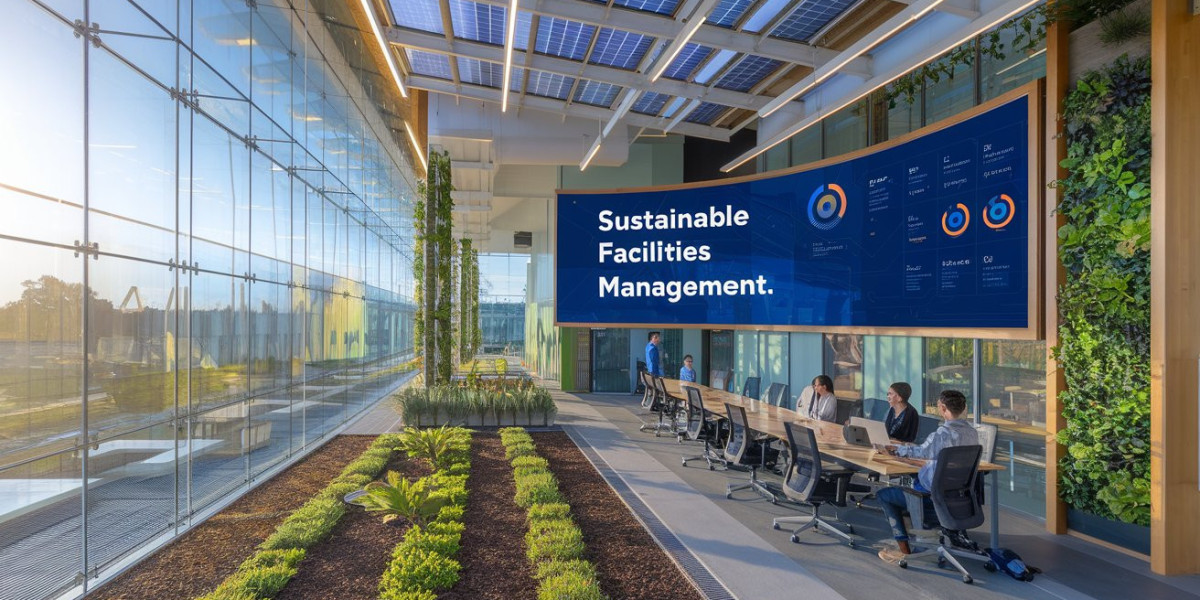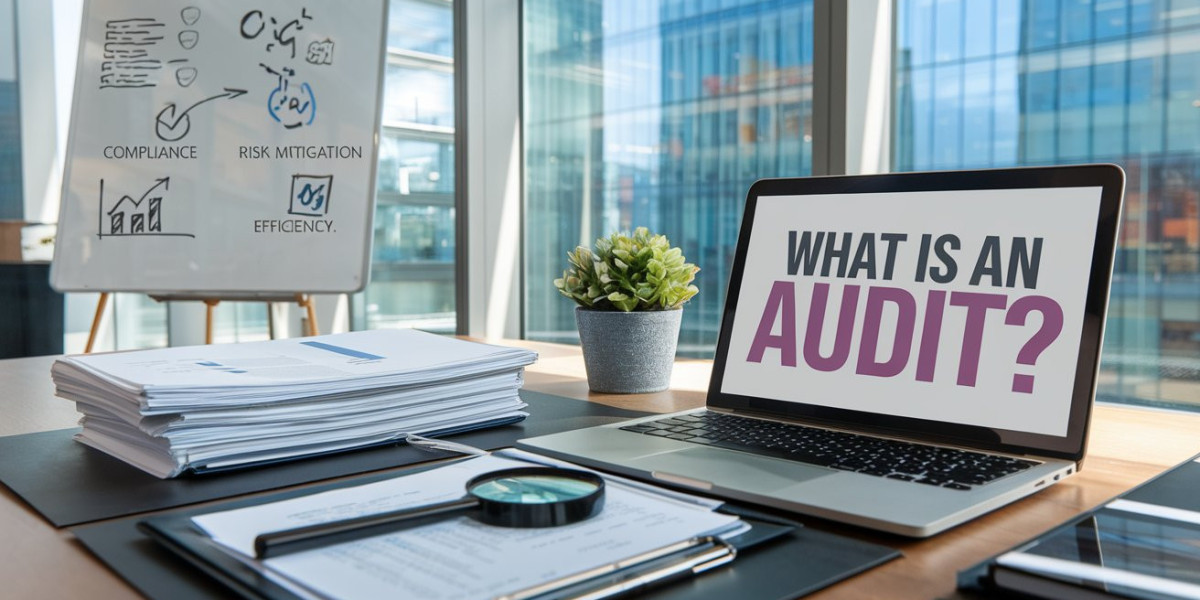In an era where environmental responsibility is crucial, sustainable facilities management (FM) has evolved as a powerful technique for reducing ecological footprints while also improving building longevity and efficiency. This method stresses reducing environmental impact while improving facility functionality and comfort. Sustainable FM is changing workspaces into greener, more responsible, and cost-effective environments by decreasing energy usage, managing waste, and implementing eco-friendly practices.
Here's an overview of sustainable facilities management, including essential components and how businesses can effectively adopt it.
1. Understanding Sustainable Facilities Management
Sustainable facilities management is the process of managing a building's physical assets, resources, and services in such a way that their environmental impact is minimized. This entails making careful decisions at all levels, from design and material selection to everyday operations and maintenance. Sustainable FM not only reduces a building's carbon footprint, but it also saves money by increasing energy efficiency, decreasing waste, and maximizing resource utilization.
2. The Benefits of Sustainable FM
The impact of sustainable FM goes beyond environmental benefits. Here are some of the main advantages:
- Reduced Operational Costs: Energy-efficient systems reduce utility costs over time.
- Enhanced Building Longevity: Sustainable materials and efficient maintenance practices contribute to the building’s durability.
- Positive Corporate Image: A commitment to sustainability can attract environmentally-conscious clients and employees.
- Improved Employee Well-being: A green workplace often leads to better air quality, lighting, and temperature control, improving employee comfort and productivity.
3. Key Components of Sustainable FM
Effective sustainable facilities management focuses on three main areas:
- Energy Efficiency: Optimizing energy use is essential. Solutions include LED lighting, motion sensors, smart thermostats, and solar panels, all of which help minimize energy consumption.
- Water Conservation: Efficient plumbing systems, rainwater harvesting, and drought-resistant landscaping reduce water use.
- Waste Reduction and Recycling: Waste reduction strategies, such as encouraging recycling and using eco-friendly cleaning supplies, decrease a facility's environmental impact.
4. Implementing Sustainable FM: Practical Steps
To create a sustainable FM program, facilities managers should consider the following steps:
- Conduct an Environmental Audit: An audit provides a clear picture of a facility’s current energy, water, and waste levels and can help in setting realistic sustainability goals.
- Invest in Green Building Materials: From paint to carpeting, sustainable materials with low VOCs (Volatile Organic Compounds) create a healthier environment.
- Leverage Smart Technology: Automated systems for lighting, HVAC, and energy management improve efficiency and reduce resource usage.
- Establish Waste Management Protocols: Set up systems for recycling and composting, reducing landfill contributions.
- Train Staff: Encourage team members to adopt sustainable practices and educate them on how small changes in daily routines can have significant environmental benefits.
5. Case Study: Sustainable FM in Action
Consider a huge corporate facility that implemented sustainable FM practices by installing energy-efficient lighting, instituting a recycling program, and upgrading its HVAC system to smart technology. Over five years, the building cut its energy use by 25%, saved $100,000 on power bills, and decreased waste by 30%. Such real-life examples demonstrate how sustainable FM not only protects the environment, but also generates significant financial gains.
6. Challenges in Sustainable FM
Adopting sustainable measures can be difficult, particularly in older buildings with antiquated systems. The initial expenses for technological upgrades or sustainable renovations might be significant, and aligning all stakeholders around a sustainability purpose may take time. However, with the growing availability of green technology, government incentives, and the prospect of long-term savings, these barriers can be overcome.
7. The Future of Sustainable Facilities Management
As more businesses consider sustainability, the job of facilities management will shift. Green building certifications (such as LEED), improvements in IoT (Internet of Things), and smart buildings are already helping facilities manage resources more efficiently. The future of FM is anticipated to rely more on AI-driven insights for real-time management, predictive maintenance, and resource optimization.
Sustainable facility management is more than just a trend; it is a responsibility that modern enterprises must accept. Companies that prioritize eco-friendly practices can save money, improve employee well-being, and create a great brand image. With a strategic approach to sustainable FM, businesses can help to create a greener, more sustainable future—one building at a time.







